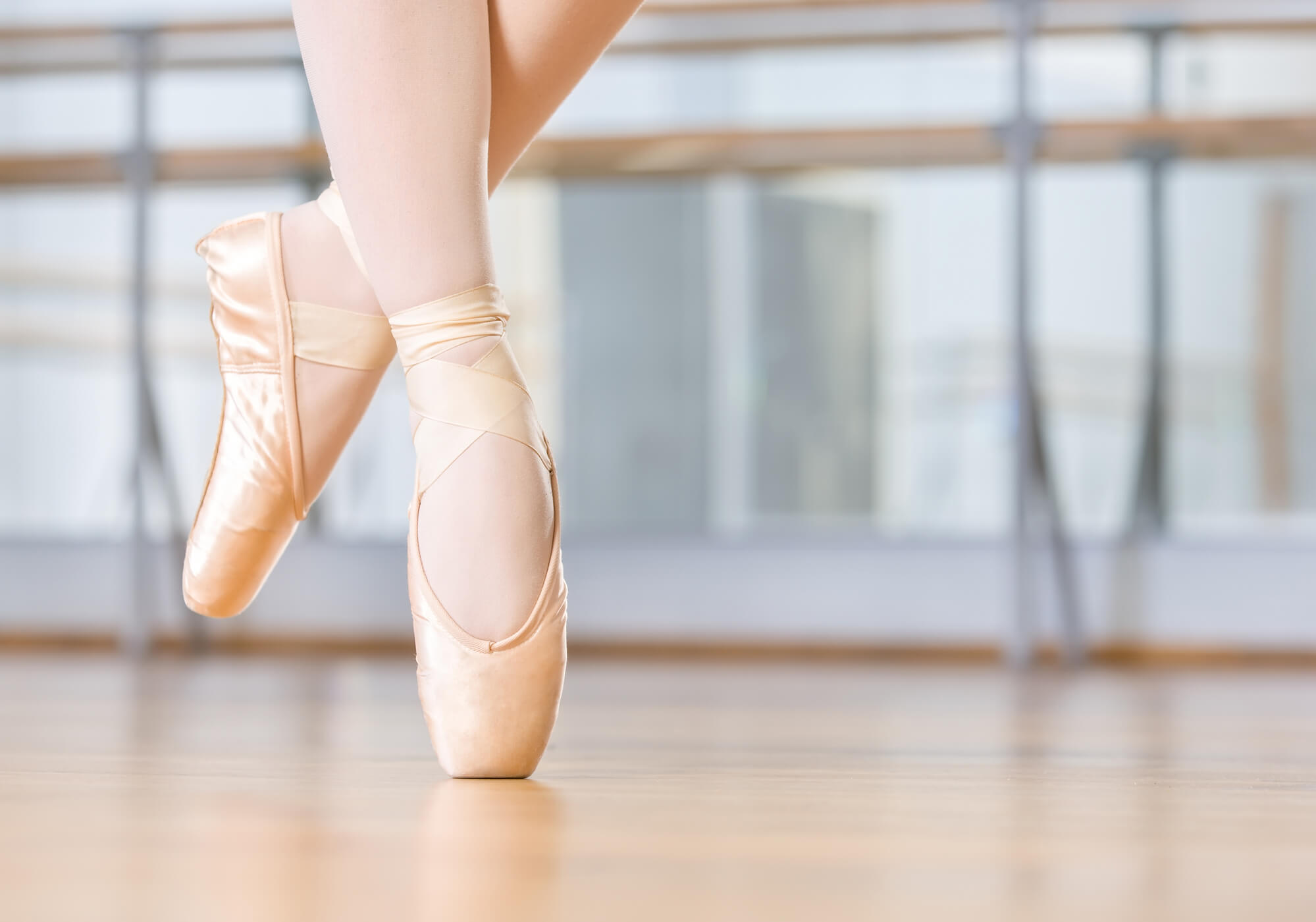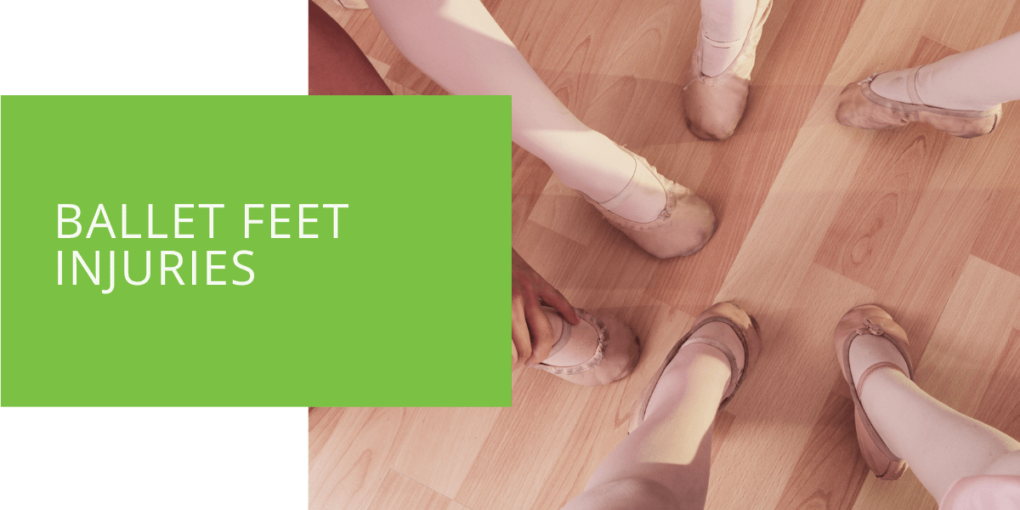Understanding Common Ballet Feet Injuries
Ballet, with its blend of artistry and athleticism, demands precision and grace from every dancer. However, the rigors of ballet training and performance can take a toll on the feet and ankles, leading to many injuries. As experts in podiatry, we recognize the importance of addressing these common foot issues to ensure dancers can continue to pursue their passion with confidence and ease.
Key Takeaways
- Ballet dancers are prone to a range of foot and ankle injuries, including Achilles tendonitis, stress fractures, and bunions, due to the rigorous demands of their art form.
- Treatment options for these injuries include transdermal patches for Achilles tendon issues and surgical intervention for severe cases, offering relief and promoting healing.
- ePodiatrists specializes in providing comprehensive care tailored to the unique needs of ballet dancers, helping them overcome foot problems and return to dancing confidently.
Common Ballet Feet Injuries
Achilles Tendonitis
Achilles tendonitis, often called the "dancer's curse," is prevalent among ballerinas. This condition arises from overuse or strain on the Achilles tendon, which connects the calf muscles to the heel bone. The repetitive movements of ballet, including jumps, leaps, and dancing en pointe, can exacerbate this condition, causing pain and inflammation in the back of the ankle.
Achilles Tendinopathy
Achilles tendinopathy encompasses a spectrum of conditions affecting the Achilles tendon, ranging from mild inflammation to degenerative changes. Unlike acute tendonitis, tendinopathy develops gradually over time due to chronic overuse and repetitive stress. The continuous strain placed on the Achilles tendon during ballet movements, such as relevés and pointe work, can lead to micro-tears and weakening of the tendon structure, resulting in pain and dysfunction.
Tendon Pain in Ballet Dancers
Tendon pain is a common complaint among ballet dancers, stemming from the repetitive stress placed on the tendons in the feet and ankles. Conditions such as peroneal tendonitis, posterior tibial tendonitis, and flexor hallucis longus tendonitis are prevalent in this population. These injuries can cause discomfort, swelling, and limited mobility, affecting dancers' ability to perform with agility and precision.
Ankle Sprain
Ankle sprains are another frequent occurrence in ballet due to the dynamic movements and sudden changes in direction. This injury involves stretching or tearing of the ligaments that support the ankle joint, resulting in pain, swelling, and instability. Ballet dancers are particularly susceptible to ankle sprains during jumps, landings, and rapid shifts in weight distribution, emphasizing the importance of proper technique and strengthening exercises to prevent injury.
Plantar Fasciitis
Plantar fasciitis, characterized by inflammation of the plantar fascia—a thick band of tissue that runs along the bottom of the foot—is a common cause of heel pain in ballet dancers. This condition can be aggravated by repetitive stress on the foot, such as dancing on hard surfaces or wearing inadequate footwear. Dancers may experience sharp pain in the heel or arch of the foot, especially upon waking or after prolonged rest periods.
Stress Fracture
Stress fractures, small cracks in the bone caused by repetitive impact or overuse, are prevalent in ballet dancers, particularly in the metatarsal bones of the foot. These fractures can result from repetitive foot pounding against the floor during jumps and landings or the increased load placed on the bones during intense training sessions. Dancers may experience localized pain, swelling, and tenderness, which worsens with activity and improves with rest.
Bunion
Bunions, characterized by a bony protrusion at the base of the big toe joint, are a common foot deformity observed in ballet dancers. This condition may develop due to genetics, improper footwear, or biomechanical abnormalities. The pressure exerted on the forefoot while dancing en pointe can exacerbate bunion formation, leading to pain, swelling, and difficulty fitting into ballet shoes.

Treatment Options
Patch Treatment for Achilles Injuries
Transdermal patches, such as nitroglycerin and GTN patches, offer innovative options for managing Achilles tendon injuries in ballet dancers. These patches deliver medication directly to the affected area, promoting blood flow, reducing inflammation, and alleviating pain. Nitroglycerin patches work by dilating blood vessels, while GTN patches release nitric oxide to improve tissue oxygenation and healing.
Conservative Measures
For other common foot injuries like ankle sprains, plantar fasciitis, and stress fractures, conservative treatments may be effective. These treatments may include rest, ice, compression, elevation (RICE), physical therapy, orthotic devices, and modifications to footwear or activity levels. These approaches aim to reduce pain and inflammation, improve mobility and strength, and facilitate healing.
Surgical Intervention
In severe cases of foot and ankle injuries, surgical intervention may be necessary to restore function and alleviate pain. Procedures such as Achilles tendon repair, ankle stabilization, bunionectomy, and stress fracture fixation may be performed to address structural abnormalities or chronic conditions that do not respond to conservative treatments. Surgery may involve repairing damaged ligaments, removing bony growths, or realigning the bones of the foot to improve alignment and function.
Conclusion
Ballet dancers face a multitude of foot and ankle injuries due to the demanding nature of their art form. From Achilles tendonitis to stress fractures and bunions, these conditions can significantly impact a dancer's performance and quality of life. At ePodiatrists, we understand the unique challenges faced by ballet dancers and offer comprehensive care and treatment options to address their specific needs. Whether through conservative measures, such as orthotics, physical therapy, or surgical intervention, we are committed to helping dancers overcome foot and ankle issues and return to the stage confidently and gracefully.

